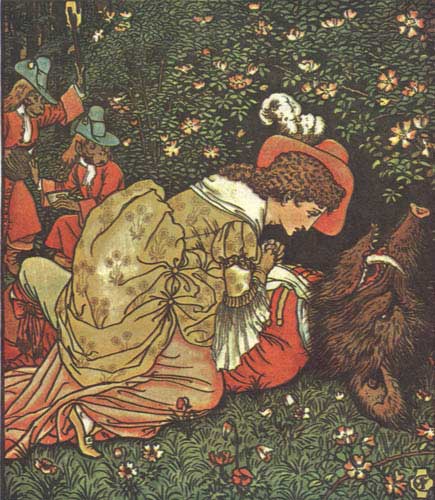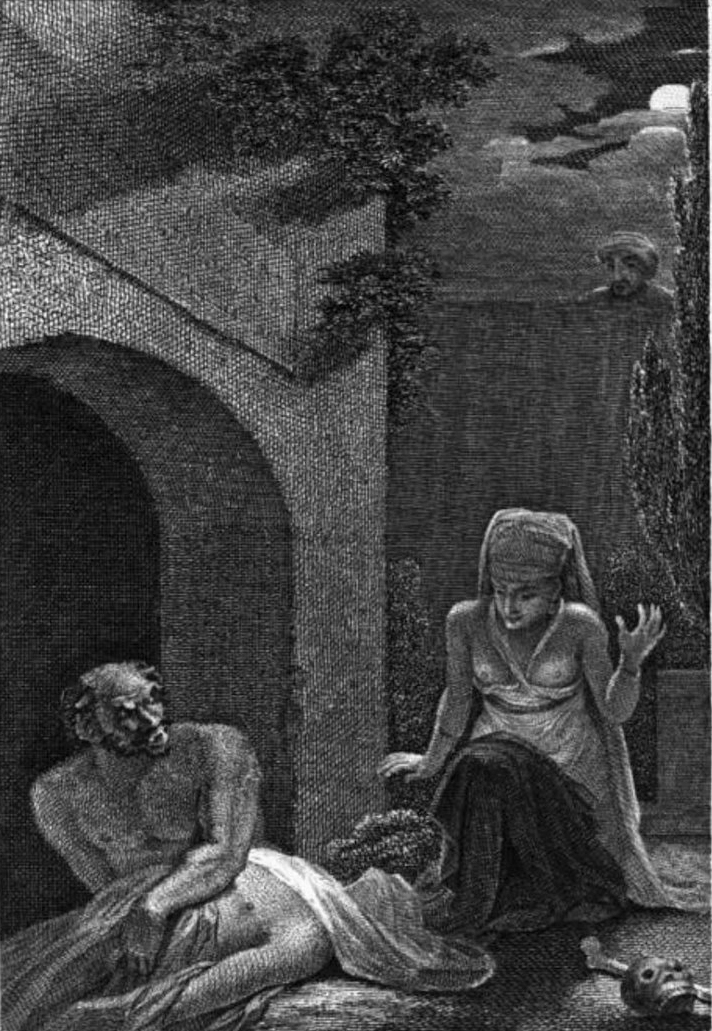 |
| an illustration of a man changes to a dog |
It's been said by some that the origin of the word "Aswang" derives from the Filipino word specifically a Tagalog word "asu-asuan" means the likeness of a dog.
There is a certain kind of Aswang in the Philippines that in the day they look as ordinary human beings but when they attack at night they changes their physical appearance into a certain animals the most common specifically resembling a dog, the other ones resembles a cat and sometimes boar. this Aswangs tends to use of course the endemic animals within the Philippines to copy. what is unique with this shape-shifting Aswang is they uses their animal form to stalked and attacked their victims, the same traits with their western counterparts, the werewolf.
 |
| Beauty and the Beast |
There have been a lot of folklore about shape-shifting, this are sometimes in a form of a punishments turning the culprits into an animal, some famous western folklore that represents shape-shifting as punishment are The Frog Prince and Beauty and the Beast.
This shape-shifting Aswang has a fond of victimizing pregnant women, sick persons and lone walker at night. first they will appear as a big black dog rabidly salivating with red glowing eyes looking sharp at its victim, If the victim was unfazed, This Aswang will change its shape into a big cat and then a boar and finally a human figure. This Aswang in human figure then wrestle it's victims, it's body so oily that the victim cannot easily out-wrestled this creature, then will force it's hair into the victim's nostrils and mouth, choking the victim to death in the process. Often old folks said that by biting the thumb of this Aswang only then you can escape from it's suffocating attack.
 |
| coconut oil with medicinal tree mixtures |
Cynanthropy is the supposed magical practice of shape-shifting between human form and canine form alternately. it is as well considered in the medical fields as a pathological delusion of a real persons that they believe they are dogs.
According to the book Myths of the Dog-Man by David Gordon White, Central Asia is a "vortex of cynanthropy" for the reasons that the ancient writers habitually placed races of dog-men in this area.
This shape-shifting Aswang are also locally known in some areas in the Philippines as kiwig by the Aklanon and malakat by the Cebuano.



